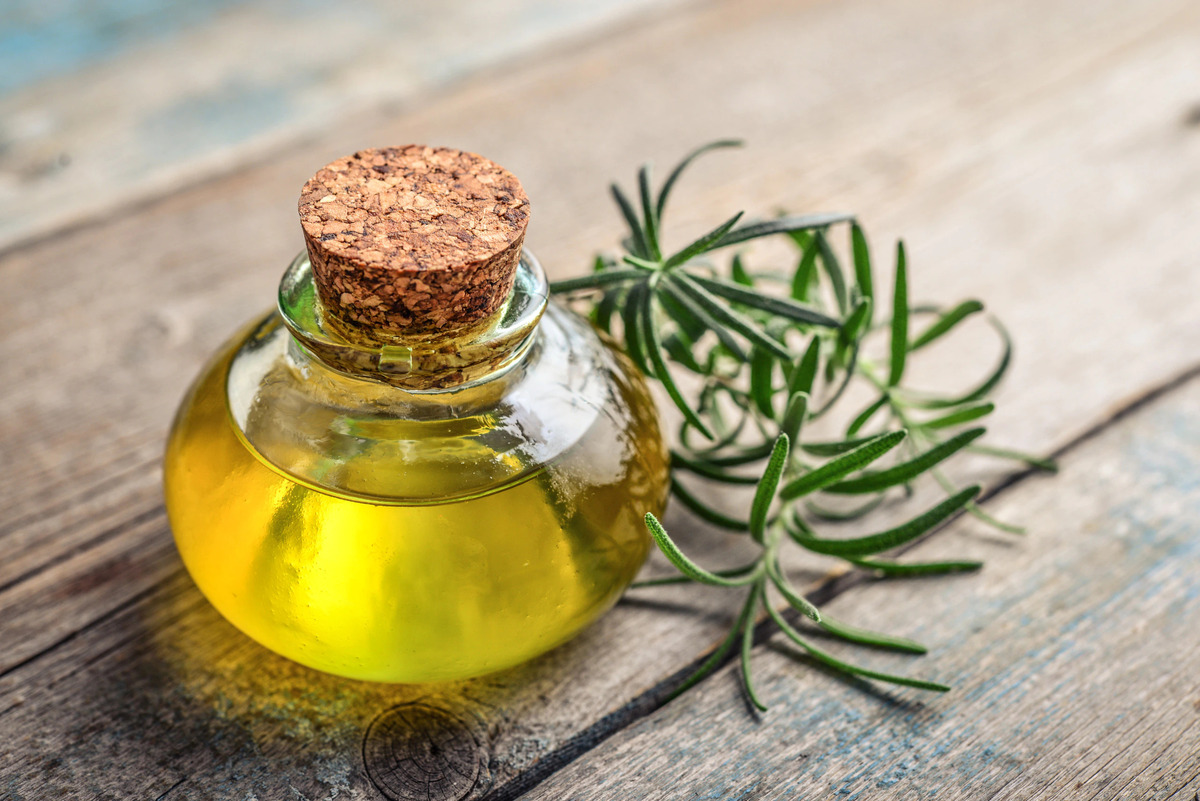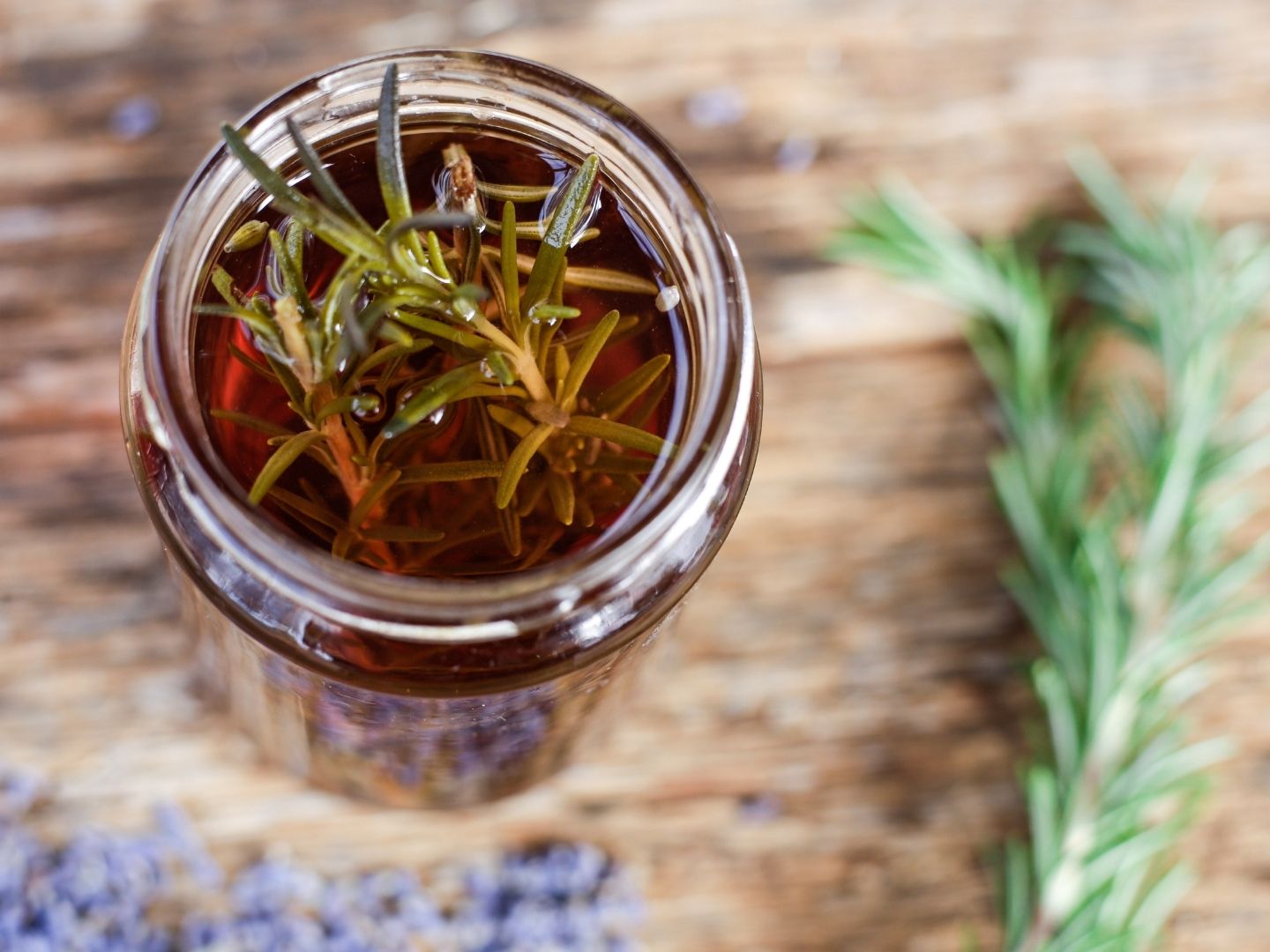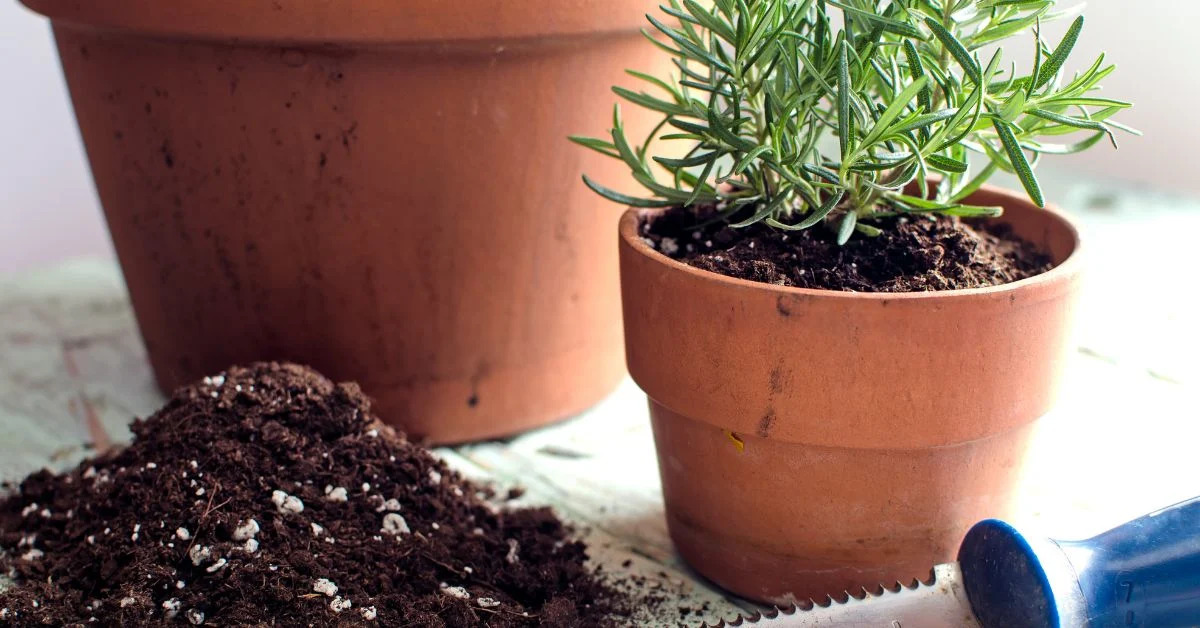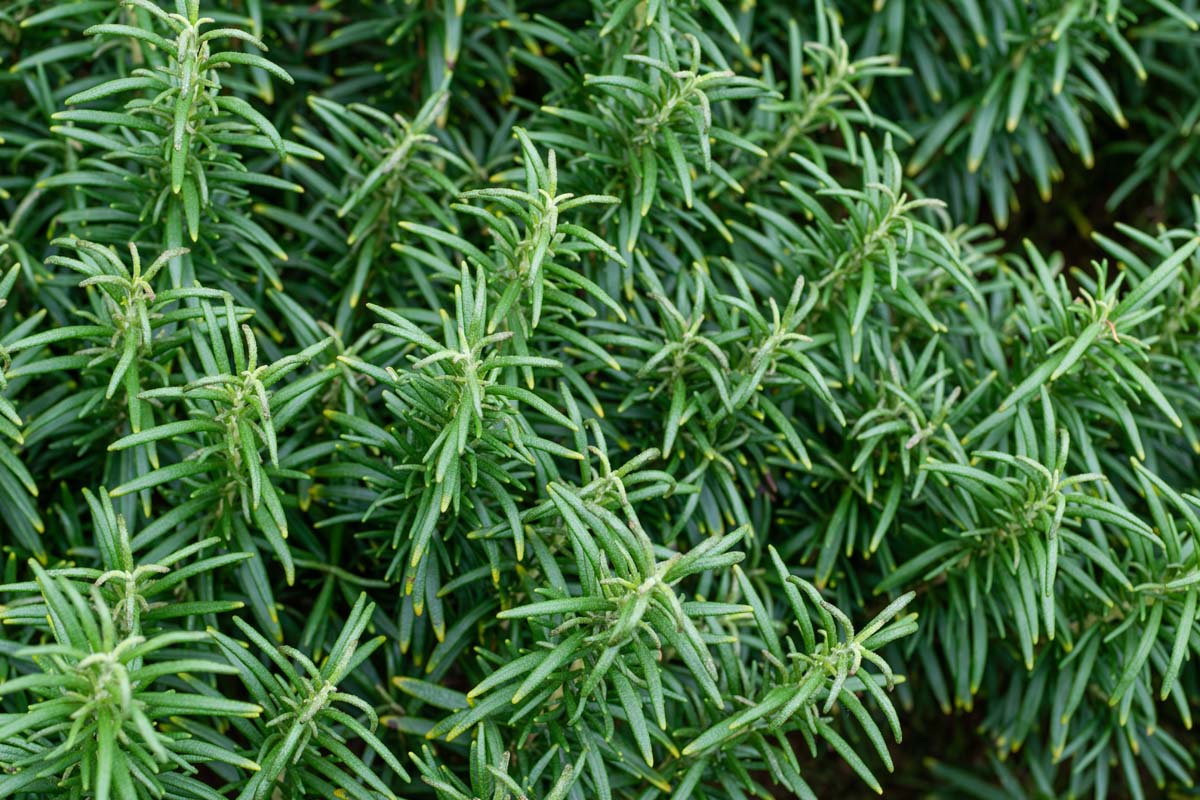Home>Types of Gardening>Edible Gardening>What Zone Does Rosemary Grow In?
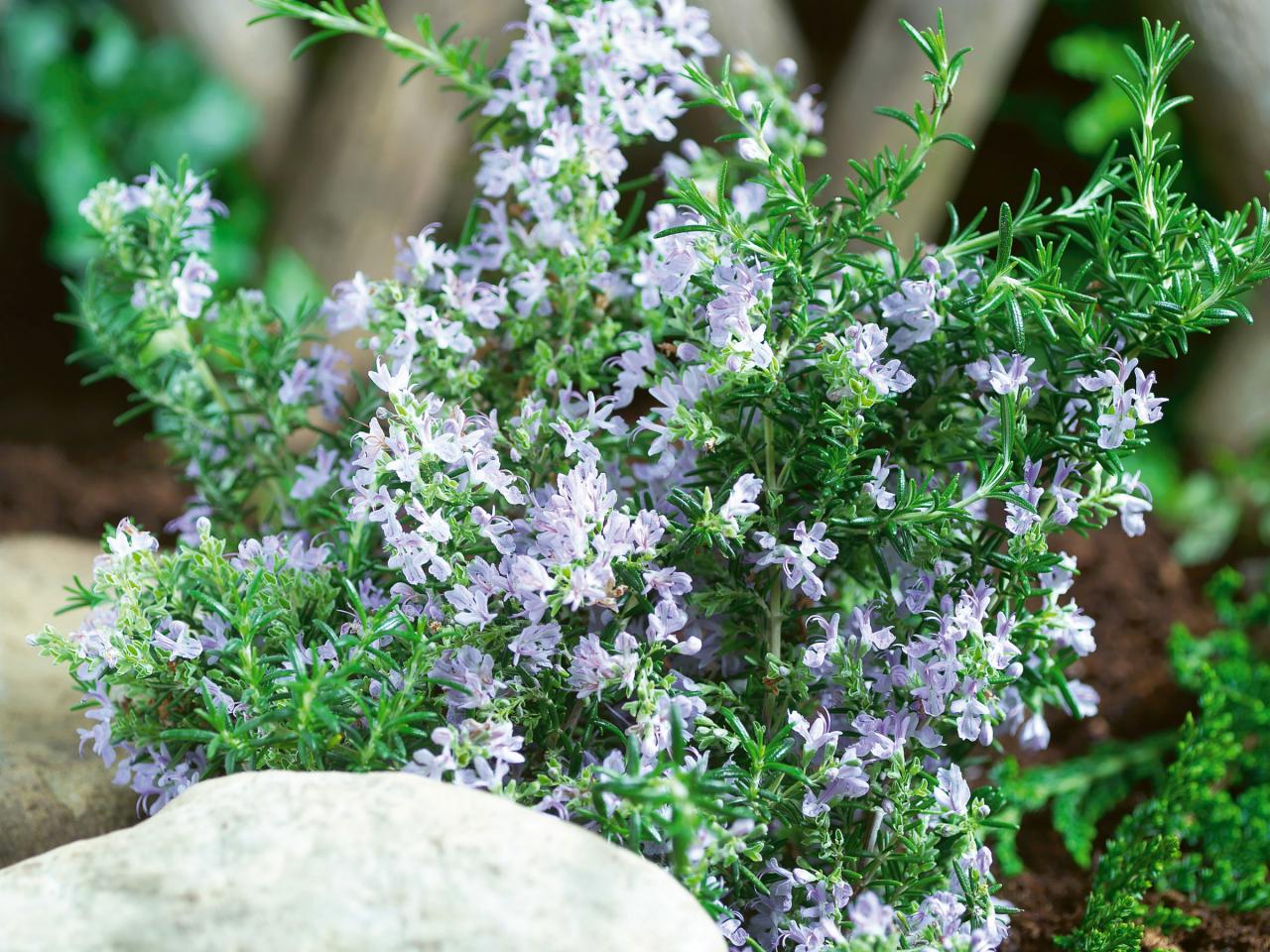

Edible Gardening
What Zone Does Rosemary Grow In?
Published: January 29, 2024
Discover the ideal growing zones for rosemary in your edible garden. Learn where to plant and care for this versatile herb. Start your edible gardening journey today!
(Many of the links in this article redirect to a specific reviewed product. Your purchase of these products through affiliate links helps to generate commission for Chicagolandgardening.com, at no extra cost. Learn more)
Table of Contents
Introduction
Introduction
Welcome to the aromatic world of rosemary! This beloved herb has been cherished for centuries, not only for its culinary and medicinal properties but also for its ornamental appeal. Whether you're a seasoned gardener or just starting out, understanding the ideal conditions for growing rosemary is crucial for cultivating this resilient and flavorful herb successfully.
Rosemary, scientifically known as Rosmarinus officinalis, is a member of the mint family, Lamiaceae. Its name is derived from the Latin words "ros" (dew) and "marinus" (sea), reflecting its natural habitat along the Mediterranean coast. This evergreen perennial herb boasts needle-like leaves and delicate blue flowers, exuding a distinct pine-like fragrance that can elevate both culinary dishes and garden landscapes.
As we delve into the world of rosemary cultivation, you'll discover the optimal growing conditions, the suitable zones for its cultivation, and the rewarding experience of nurturing this versatile herb. Whether you're envisioning a lush herb garden or seeking to add a touch of flavor to your culinary creations, understanding the nuances of rosemary cultivation will empower you to embark on a delightful and aromatic gardening journey. So, let's embark on this fragrant adventure and unearth the secrets of cultivating rosemary with confidence and success.
Understanding Rosemary
Understanding Rosemary
Before delving into the specifics of cultivating rosemary, it’s essential to grasp the unique characteristics and versatile nature of this beloved herb. Rosemary is renowned for its aromatic foliage, which not only enhances culinary creations but also serves as a fragrant addition to floral arrangements and potpourri. Its needle-shaped leaves, reminiscent of pine needles, exude a delightful fragrance that can transform an ordinary dish into a culinary masterpiece.
Beyond its aromatic allure, rosemary holds a storied history dating back to ancient civilizations. Revered for its medicinal properties and symbolic significance, this herb has been utilized in traditional medicine and cultural rituals for centuries. Its association with memory and remembrance in ancient folklore has cemented its status as a cherished botanical emblem.
From a botanical perspective, rosemary thrives in well-draining soil and flourishes under ample sunlight, making it an adaptable and resilient addition to diverse garden settings. Its ability to withstand drought conditions and thrive in various soil types underscores its reputation as a low-maintenance and versatile herb.
Moreover, understanding the growth habits and lifecycle of rosemary is pivotal for fostering its vitality. As an evergreen perennial, rosemary exhibits year-round foliage, providing visual interest and practical benefits in the garden landscape. Its delicate blue flowers, which emerge in the spring and summer, not only attract pollinators but also contribute to the herb’s ornamental appeal.
By gaining insight into the multifaceted nature of rosemary, you’ll appreciate its significance beyond its culinary applications. This herb transcends mere culinary seasoning, embodying a rich tapestry of history, symbolism, and horticultural adaptability. As we unravel the nuances of cultivating rosemary, let’s embrace the holistic essence of this timeless herb, celebrating its cultural heritage and botanical splendor.
Ideal Growing Conditions
Ideal Growing Conditions
To nurture robust and aromatic rosemary, it’s imperative to create an environment that mirrors its native Mediterranean habitat. This resilient herb thrives in conditions that mimic the sun-drenched landscapes and well-drained soils of the Mediterranean region. When cultivating rosemary, consider the following ideal growing conditions:
- Sunlight: Rosemary flourishes in full sunlight, requiring at least six to eight hours of direct sunlight daily. Positioning your rosemary plants in a sun-drenched location, such as a south-facing garden bed or a sunny windowsill, will optimize their growth and aromatic potency.
- Soil: Well-draining soil is paramount for rosemary cultivation, as it prevents waterlogged conditions that can compromise the herb’s root health. Sandy or loamy soils with good drainage facilitate healthy root development and minimize the risk of root rot, a common concern for rosemary plants.
- Watering: While rosemary exhibits drought tolerance once established, it’s crucial to provide consistent moisture during the initial stages of growth. Once the roots are established, allow the soil to partially dry out between waterings to prevent waterlogged conditions.
- Temperature: Rosemary thrives in warm, Mediterranean-like climates and is sensitive to frost. If you reside in a region with cold winters, consider cultivating rosemary in containers that can be brought indoors during frosty weather.
- Pruning: Regular pruning not only maintains the desired shape and size of your rosemary plants but also encourages bushier growth and enhances air circulation, reducing the risk of fungal diseases.
By adhering to these optimal growing conditions, you can create a hospitable environment for your rosemary plants to flourish. Embracing the essence of the Mediterranean climate and providing attentive care will yield aromatic foliage and culinary abundance, elevating your gardening experience and culinary endeavors.
Zones Suitable for Rosemary
Zones Suitable for Rosemary
Understanding the suitable hardiness zones for cultivating rosemary is pivotal for ensuring the herb’s resilience and longevity in your garden. Rosemary, revered for its adaptability and robust nature, thrives in specific hardiness zones characterized by favorable temperature ranges and climatic conditions. The United States Department of Agriculture (USDA) Plant Hardiness Zone Map serves as a valuable guide for determining the suitability of plant species in different regions.
Rosemary is well-suited for hardiness zones 7 to 10, where the climate aligns with its preferred Mediterranean-like conditions. These zones encompass regions with relatively mild winters and warm, sun-drenched summers, mirroring the herb’s native habitat along the Mediterranean coast. If you reside in these zones, you can cultivate rosemary directly in the garden, leveraging its resilience and aromatic allure to enhance your outdoor space.
For gardeners in regions with colder climates outside the recommended hardiness zones, cultivating rosemary in containers offers a flexible solution. Container gardening enables you to control the growing environment, allowing you to move the plants indoors during frosty weather and position them in sunlit areas to optimize their growth. This approach empowers gardeners in a broader range of climates to experience the aromatic charm of rosemary, regardless of their local hardiness zone.
When selecting rosemary cultivars for your specific hardiness zone, consider seeking guidance from local nurseries or extension services to identify varieties that thrive in your region’s unique climate. By choosing cultivars well-suited to your hardiness zone, you can maximize the success of your rosemary cultivation and savor the culinary and ornamental benefits of this versatile herb.
Embracing the nuances of hardiness zones and leveraging adaptable cultivation methods empowers gardeners to cultivate rosemary successfully, harnessing its aromatic essence and ornamental allure to enrich their outdoor spaces and culinary endeavors.
Conclusion
Conclusion
Embarking on the journey of cultivating rosemary unveils a tapestry of aromatic allure, cultural significance, and horticultural adaptability. This beloved herb, with its resilient nature and multifaceted appeal, transcends mere culinary seasoning, enriching gardens and culinary creations with its fragrant foliage and ornamental charm.
By understanding the ideal growing conditions for rosemary, including ample sunlight, well-draining soil, and attentive pruning, gardeners can create a hospitable environment for this versatile herb to thrive. Embracing the essence of the Mediterranean climate and mirroring its preferred habitat empowers gardeners to foster robust and aromatic rosemary plants, enhancing their outdoor spaces and culinary endeavors.
Moreover, recognizing the suitable hardiness zones for rosemary cultivation enables gardeners to leverage the herb’s adaptability, whether through direct garden planting in recommended zones or container gardening in colder climates. This flexibility ensures that enthusiasts across diverse regions can savor the aromatic charm of rosemary, infusing their gardens and culinary creations with its timeless appeal.
As you embark on your rosemary cultivation journey, whether as a seasoned gardener or a novice enthusiast, embrace the holistic essence of this timeless herb. From its storied history and symbolic significance to its culinary versatility and ornamental splendor, rosemary embodies a rich heritage that enriches the gardening experience and culinary landscape.
So, with a newfound appreciation for the nuances of rosemary cultivation, seize the opportunity to cultivate this resilient herb, celebrating its aromatic allure and cultural legacy. Whether adorning your garden landscape or infusing your culinary creations with its flavorful foliage, rosemary invites you to partake in a fragrant and rewarding horticultural adventure.




